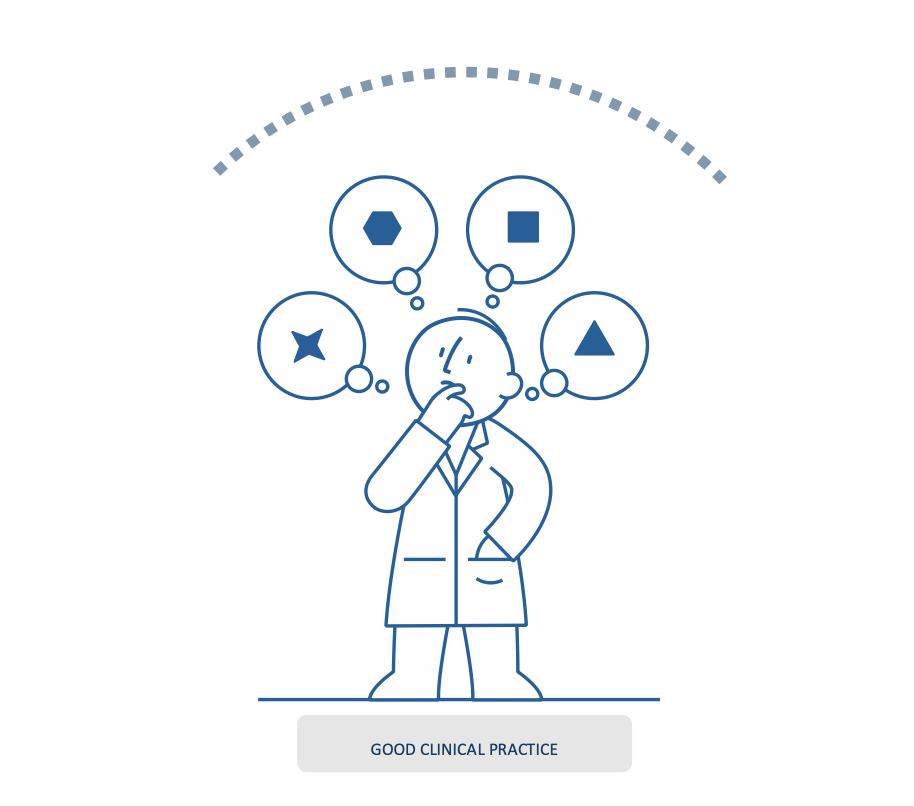HOW DOCTORS THINK?
People usually do not think that one day they might get sick. However, the sensitivity of the human body is proportional to its complexity. Normally, the body is in a state of balance, and illness appears suddenly as a disruption in the person’s current lifestyle. When an illness occurs, the patient and family are often not prepared and need not only the expected physical care but also emotional, social, and cognitive support. Understanding the way doctors think means, ultimately, including the patient in the methodology for solving clinical problems. It is a resource to educate patients and families about the sequential steps that doctors have to follow to make precise diagnoses and accurate recommendations. It is never a one-size-fits-all model. Patients and families are invited to express their critical opinions and discuss all information with the attending physicians. Patients are very peculiar, and a comprehensive approach must be followed. The increasing use of shared decision-making in clinical practice requires very well-informed patients supported by a good doctor-patient relationship. Take a look at the tutorial, specially designed to achieve the mentioned goals.

TUTORIAL
History and Physical Exam
• Signs and Symptoms
• Diagnostic Hypothesis
• Exams
• Multidisciplinary Team
• Critical View
Pathology
• Materials
• Gross Examination
• Microscopy
• Immunohistochemistry
• Genetic Markers
Imaging and Endoscopy
• Objective
• Image Tests
• Endoscopic Exams
• Exam Report
• Image Accessibility
Integrative Model
• Collective Intelligence
• Surgical Skills
• Pathology Skills
• Comorbidities & Consulting
• Attending Physician
Second Opinion
• Why & How?
• Patient’s Benefit
• Physician’s Benefit
• Patient Care Meeting
• When?
Global Vision
• Edge of Knowledge
• International Cooperation
• Compliance
• Requirements
• Experimental Treatments
